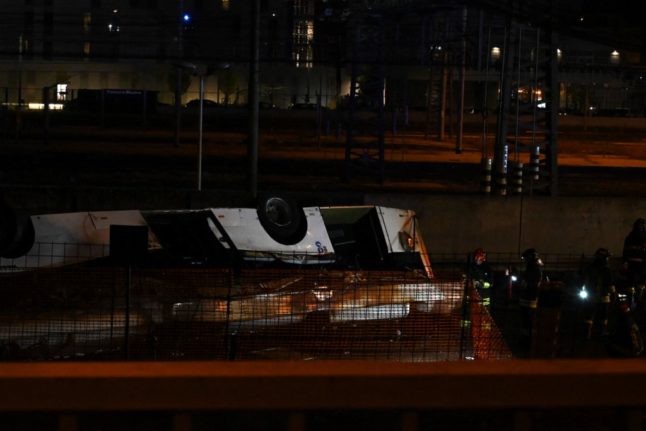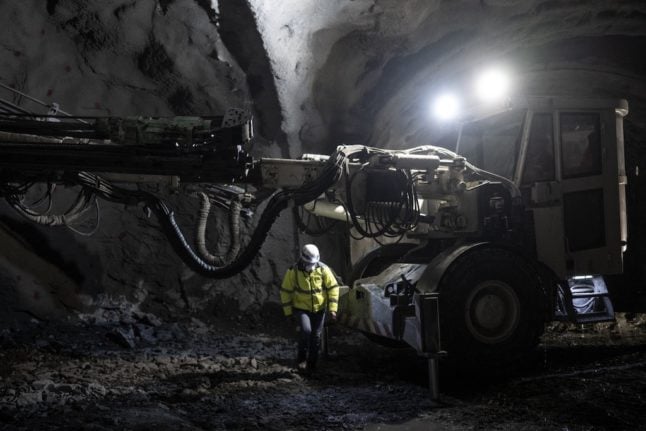A repair project was launched in 2016 but works only began in September and had yet to reach the section the bridge where Tuesday evening’s tragedy occurred, the city’s transport councillor said in various newspaper interviews.
The electric city bus, carrying tourists back from Venice’s historic centre, is believed to have scraped along the edge of the barrier on the side of the road for several metres before reaching a 1.5-metre (four foot) gap.
A second metal fence on the edge of the bridge provided little resistance, and the bus fell 10 metres to the ground, landing upside down next to train tracks below, crushing the passengers inside.
An investigation is underway into what exactly happened, with speculation focusing on a possible illness of the driver, who died in the crash.
But Italy’s national newspapers on Thursday highlighted the potentially deadly role of the gap in a barrier, with La Stampa calling it a “scandal”.
READ ALSO: Anger in Italy over road safety after deadly Venice bus crash
Venice councillor Renato Boraso he said the gap had been designed for maintenance when the overpass was built half a century ago.
“The barriers are not compliant with current laws,” he acknowledged, and said any gaps would have been closed next year as part of the repair works.
The crash has reignited debate over Italy’s crumbling infrastructure, but Boraso denied the Venice authority was to blame.
He said that since 2016, renovating the overpass had been a priority but the process of contracting out the seven-million-euro project was “long and complex”.
“Let us ask ourselves why such a procedure for works has to be so long in Italy,” he added.
Finally, he said, “work started in September. They arrived at 400 metres” from the crash site.
In addition to the driver, the 21 killed included nine Ukrainians, four Romanians, three Germans, two Portuguese, one South African and a Croatian, the Venice mayor’s office has confirmed.





 Please whitelist us to continue reading.
Please whitelist us to continue reading.
Member comments